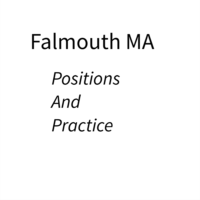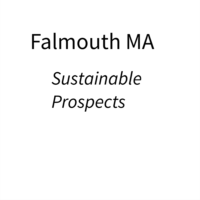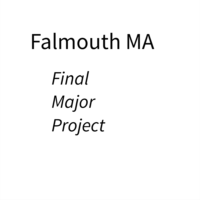When discussing the constructed reality I feel on more familiar ground. When I am working with people within my photographic practice my work can be very much positioned as photographic constructions. My practice is not based on photojournalism or street photography which for me is all about the Cartier Bressons ‘decisive moment’ where scene with the frame has reached that pivotal point and the image is complete. When working with people as subjects I am more interested in the dialogue that is created between the subject, the photographer and the camera. I enjoy the process of engaging with people as I am photographing, listening to them describe their life events and I use that information to inform me ultimately of the images I will record from that specific sitting.
My practice includes a body of work where I am using the camera to create vignettes that have a more cinematic aesthetic to them. When constructing these images I draw influences from other art forms specifically film and painting. The exact influence varies sometimes it will be a film title or plot, other times it it can be the colour palette used in a film. To create cohesion to my images in a body of work I will apply the same colour palette used in the film.
When considering my constructed images from the perspective of critical theory I would consider my images to be truthful if the observer has the same reading of the image as the one I had intended. This aligns with Szarkowski’s analysis of images in the photographer’s eye.[1]
When selecting images for this week’s task I decided to select 3 different photojournalism images because of the recent questions being raised about false representation within photojournalism and it is an area of photography that is not aligned to my practice. I felt this would limit the natural bias that I might apply to images that are contextually closer to my own practice. Out of the three images I selected for this piece of reflection the 3rd image was closest to my own practice I realised that I am more likely to draw a positive message from images than a political or social interpretation.
Image 1:
Here is more information this photograph, which comes from the Lens blog (Picture 12 in “Pictures of the Day” for Oct. 9, 2012):
A child jumps on the waste products that are used to make poultry feed as she plays in a tannery at Hazaribagh in Dhaka, Bangladesh on Oct. 9, 2012. Luxury leather goods sold across the world are produced in a slum area of Bangladesh’s capital where workers, including children, are exposed to hazardous chemicals and often injured in horrific accidents, according to a study released on Oct. 9. None of the tanneries, packed cheek-by-jowl into Dhaka’s Hazaribagh neighborhood, treat their waste water, which contains animal flesh, sulphuric acid, chromium and lead, leaving it to spew into open gutters and eventually the city’s main river.
I took a more simplistic interpretation to this image that this is a child at play and that as children we can create our own playgrounds even in the most unlikely places. When we are children we have a certain level of innocence and do not see the dangers present in our playground.
Image 2:
This photograph comes from the Sept. 5, 2013 “Pictures of the Day” on the Lens blog. Here is the original caption:
Too much sun in London? People standing up a new skyscraper known as the Walkie-Talkie; the glare off the building’s skin is so intense that it apparently melted part of a Jaguar parked nearby.
When I first looked at the picture I thought it might actually be people looking up at the start of a solar eclipse as in the last couple of decades there have been a few that have been visible from the UK. The image was certainly taken within the last 20 years based on the clothing being worn by the people in the images.
Image 3:
The image from the Feb. 12, 2015 slide show “A Subtle Moment Becomes the World Press Photo of the Year” on the Lens blog. The original caption reads:
When spores of a fungus land on an ant, they penetrate its exoskeleton and enter its brain, compelling the host to leave its normal habitat on the forest floor and scale a nearby tree. Filled to a bursting point with fungus, the dying ant fastens itself to a leaf or to another surface. Fungal stalks burst from the ant’s husk and rain spores onto ants below, to begin the process again. (First prize, nature, stories)
When looking at this image I thought it was potentially an image created from multiple images to show the point at which the ant emerges from egg as the point of birth marking the beginning of life. Though the dark background did make me question that interpretation yet I assumed that the macro photographic technical constraints had resulted in a dark image. The lack of information about how the spores penetrate the hard external exoskeleton meant I did not question further and looking for an alternative meaning.
References
- Szarkowski, J., 1966, The Photographer’s Eye, London, Museum of Modern Art, ISBN 9780870705243







